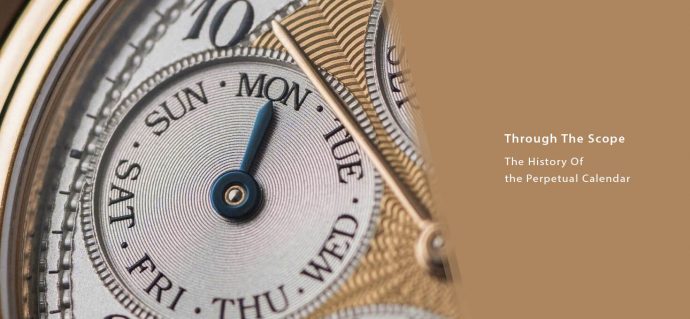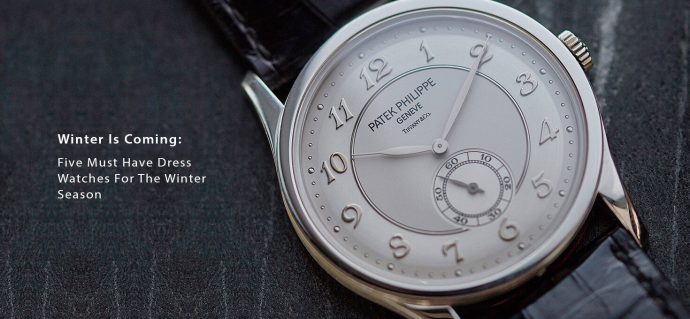A world-time feature stands as one of the most valuable travel-related functions found in watches. These timepieces allow for the simultaneous display of time in all major 24 time zones. Back in the 1930s, Louis Cottier, an independent watchmaker from Switzerland, pioneered the concept of a world time watch. Following this innovation, a select few prestigious brands created remarkable watches incorporating this new feature. In the present day, with global timekeeping easily accessible through various means, the world-time function is a relatively uncommon feature in watches, mastered by only a few distinguished brands. A worldtimer is usually an automatic world time watch, although most brands put forth only men’s world time watch models, a few renowned brands have unisex models for their range of iconic automatic world time watch references.
Beginning of World Timers

While Louis Cottier is generally known for developing the first functional World Time watch, the original idea actually originated from his father, Emmanuel Cottier.
In 1885 Emmanuel Cottier created a mechanism called “heures universelles” (World Time in French) with the intention of displaying time for different time-zones.
However, this mechanism of multiple time zones in a single watch didn’t get much recognition. Louis Cottier had faith in his father’s ideas. He took his father’s concept as inspiration and successfully developed a functional world time mechanism. It was finally in 1931 that Louis Cottier obtained a patent for his invention. This invention included an inner dial with conventional hour and minute hands, accompanied by 12 markers, as well as a 24-hour ring and a ring featuring 24 cities.
Initially intended for use in pocket watches, the concept took a turn in 1937. With pocket watches losing their popularity, Patek Philippe engaged Cottier to create the inaugural wrist watch with World Time watch function. This collaboration led to Cottier’s mechanism being adopted by numerous prestigious brands like Vacheron Constantin.
Even today, Cottier’s mechanism serves as the foundation for the majority of World Time watch models, although their designs have evolved to become more intricate over time. Certain brands, in particular, have gained renown for their exceptionally captivating maps, worldtimer functions and dials that showcase all the time zones with their own innovation. Even today, most of the brands are known to have men’s world time watch collections and not women’s, it is largely due to the fact that world timers tend to have larger cases and dials owing to the complexities of their features and mechanics, yet there are some who do not differentiate their avant-garde horological devices based on gender, and present the same complications for women as well.
Working Mechanism of a World Time Watch

World time watch dials may appear intricate at first glance but understanding their operation reveals their simplicity when it comes to setting and reading. It’s crucial to note the array of world timer watch models in the market and each of them not only offers diverse methods of presenting multiple time zones but also featuring distinct operational instructions.
The quintessential worldtimer models are distinguished by their dual rings on the dial. One ring showcases 24 major cities, while the other exhibits the 24-hour cycle. The 24-hour ring completes one full rotation over the course of a day and is synchronized with the central hour and minute hands. Interestingly, the hands move in a clockwise direction, whereas the 24-hour ring rotates counterclockwise. The classic worldtimer timepieces serve a dual purpose, they indicate local time using standard hour and minute hands and simultaneously display the 24 principal time zones across the globe (excluding the 30-minute offset time zones). Typically positioned on the outer dial, a world timer watch presents two rings or disks. As time progresses, the 24-hour ring completes a full cycle daily, with the hour aligned with each city indicating the respective time zone.
While some worldtimer models utilize a pointing hand to indicate the city rather than a 24-hour ring, the underlying concept remains consistent. Watchmakers, in their characteristic fashion, often infuse traditional movements and complications with their unique innovations. Notably, companies like Arnold & Son and Moritz Grossmann deviate from the norm, choosing artistic approaches over precise global time displays. These brands offer captivating interpretations that convey a sense of general time within specific regions.
How To Configure and Read a Worldtimer

A world timer watch might look complex but it is a simple, sophisticated device, you just need to know how to operate it. First of all, you need to set an automatic world time watch, here is a step-by-step guide to set your world timer watch:
1. Positioning the City Ring: Begin by pulling-out the winding crown to activate the city-ring adjustment mode. Rotate the crown until your home city or a city sharing the same time zone is aligned with the 12 o’clock position. For instance, if there is a city in Europe that lies in the same timezone as Paris, the automatic world time watch will need to be set to Paris at the 12 o’clock position.
2. Adjusting Local Time: Push the winding crown to activate the local time adjustment mode. Gradually turn the crown to accurately set your local time.
3. Securing the Crown: Carefully press the winding crown back into its original position to secure it.
4. Aligning Hour Ring and Cities: With the city and local time set, each hour on the 24-hour ring will correspond to the cities representing that specific hour.
It’s important to note that some automatic world time watch models utilize a pusher for adjusting the rings instead of the winding crown. There are certain men’s world time watch models that might require setting the local city at the 6 o’clock position rather than the 12 o’clock position. Always ensure to go through the instructions manual provided for your specific watch prior to attempting any adjustments. This precaution ensures accurate and problem-free settings tailored to your watch’s specifications.
Once the watch is set, reading it should not be difficult, but here are some steps that might come handy while reading a unisex or a men’s world time watch. From the above steps we know how to set the city ring to the desired time zone, once the time zone is set:
- The hour hand on the worldtimer watch shows the local time of the current location. To read it, just look at the hour hand and see the 12-hour marker it is pointing to on the dial.
- The city disk on a world time watch, combined with the internal 24-hour sub-dial, presents time across different time zones. Reading it is straightforward: just observe the hour-marker corresponding to the city you intend to monitor.
Why Do World Time Watches Not Have India Time Zones
Most of the world time watches have a city ring displaying 24 Time Zones, 24 major time zones as they call it. It is because of the common feature in their mechanism that they have, which is, they can only indicate time zones with steps of one complete hour and tend to not include the countries with a time zone with an offset of half hour, like India or even countries with an offset of just a quarter hour. Just to clearly put it out there, the common Indian timezone is half an hour off and as most watches do not have half or quarter time zones, they do not have India on the ring.

However, one of the world’s oldest watchmakers, Vacheron Constantin has a different view. The brand decided to include all the 37 time zones on The Vacheron Constantin Patrimony Traditionelle World Timer, the first watch ever with this feature. This model has the Delhi time zone on it.
With a comprehensive range of brands and collections Kapoor Watch Company offers watches for both the genders and all kinds of aesthetic tastes. The luxury watch retail chain boasts a legacy of over 50 years and houses most iconic luxury watch brands.





Recent Posts
Recent Comments
Archives